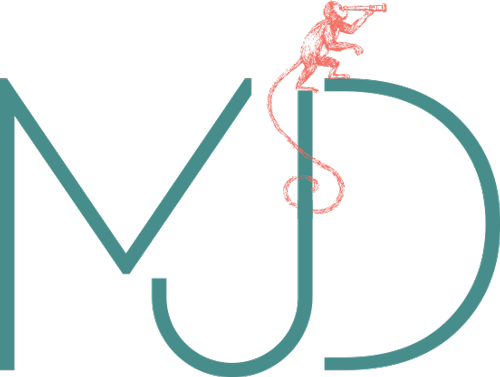Panthera collection
The design for the debut Panthera collection features the Clouded Leopard; the least well-known species of the big cats, and arguably it’s most endangered. Tigers and Orangutans are the well-known faces of the palm oil crises, but it’s the enigmatic Clouded Leopard that is equally threatened and goes almost unnoticed in comparison. MJ loves it’s incredible attributes like being able to scale a tree with its tail.
The broken tree portrayed in our painting symbolises deforestation, the primary cause of this rare beast’s diminishing population.
Our Clouded Leopard is set in its natural habitat, the typically bucolic lowland Sumatran rainforest but sightings of this magnificent cat have been seen in Borneo as well. MJ’s attempts at spotting one have been unsuccessful but hope springs eternal.
Besides addressing the pressing issues concerning this endangered species, the design embodies the way we like to look at art. Imaginative, whimsy, and giving the possibility for looking eyes to become amused by hidden details. Why would a white tufted pygmy squirrel be front and centre? MJ once had a pet squirrel named Jerry, and this lowly creature remains a firm favourite. Hidden crickets can be found when you look close enough, and our detailed show-and-tell card you receive with your artwork will tell you exactly in which of the many islands our insects reside.
The Clouded Leopard has dark fur with a smaller cloud pattern, as well as a strong tail that stretches as long as his body. With it, he is able to miraculously scale the treetops. MJ’s whimsical approach has the tail wrapped around the entire painting, surrounding the tray to offset the “stormy mahogany” finish. In this portrayal, you can imagine the low rumbling sound of his purr as his pupils contract to vertical slits in the pursuit of pleasure.




